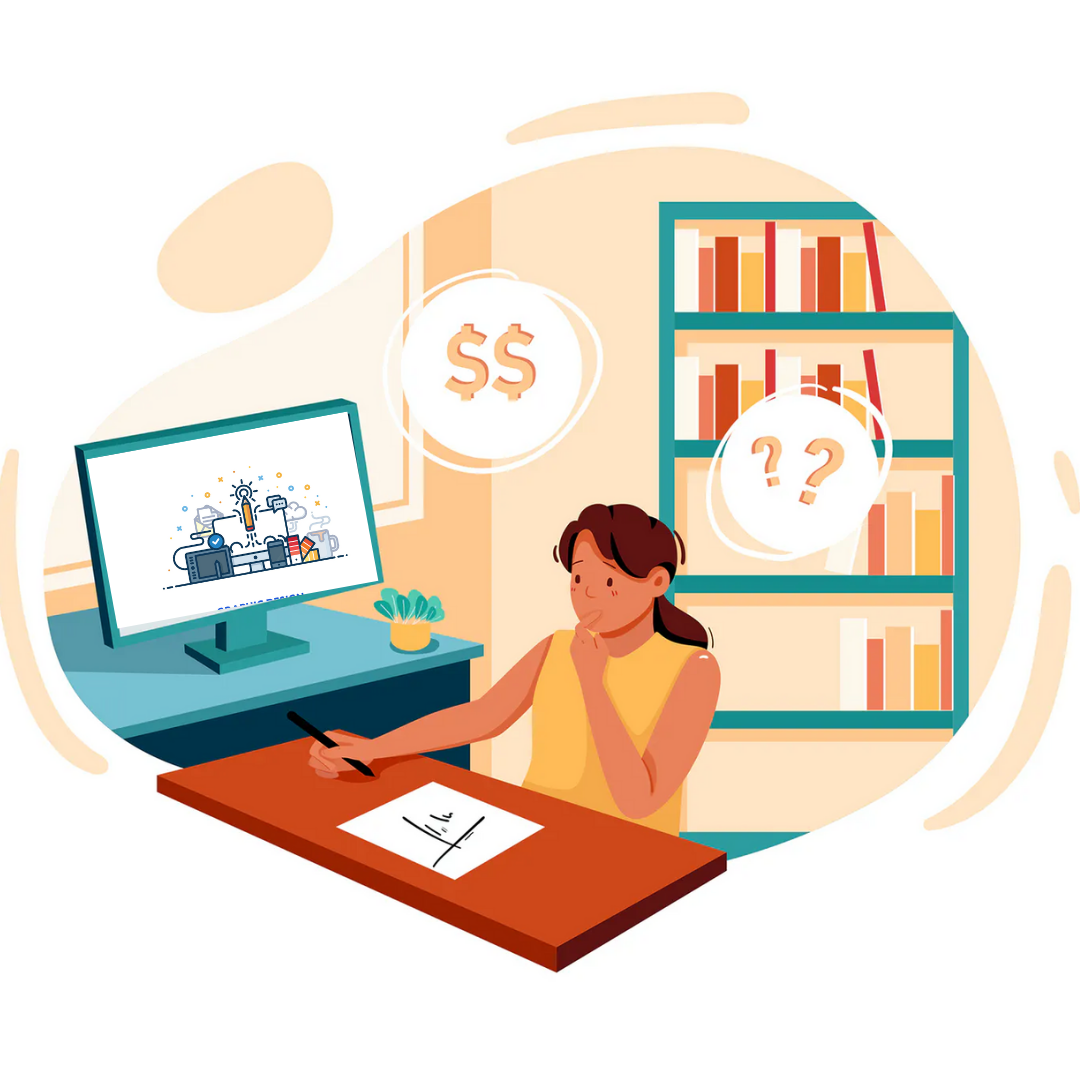The design thinking process is a complex operation where one tries to solve problems and come up with solutions that are creative, economically viable, and desirable. The decisions are made by keeping in mind the requirements of the consumers and observing the environment and bringing ideas to the table that lead to superior products and services. Design thinking often leads to innovations and user-centric answers.
There are five stages in the design thinking process they are:
1. Empathize
2. Define
3. Ideate
4. Prototype
5. Test
Now let us look into the working of all these stages
1. Empathize
The first step of this process is to empathize with your customers. This allows you to look into the problems that are being faced by your brand, look through the perspective of your audience and act accordingly. Empathizing will allow you to analyze the requirements of your customer base, it also allows you to connect with the customers for this certain surveys, interviews, and campaigns will act as a building block. Here you need to look through the eyes of the consumers and discover the real problems, this is the foundation of the design thinking process and there’s so more to it.
2. Define
In the second stage, you need to define the problem, in the first stage, you analyzed the problems, interpreted them, and understood the core problem, in this stage, you have to accumulate and describe the same. Again keep the problems user-centric and non-related to the growth of the business. This stage will give you a clear idea of what you need to focus on by observing common patterns throughout the information. This phase will allow the team members to work together, focus on the core problem and come up with solutions.
3. Ideate
Now that the first two stages of empathizing with the customers and defining the problems are completed the next step is to ideate, that is to shoot ideas that will help fight the problem. Generate ideas that cater to the needs of your audience, brainstorming ideas that are creative and useful are appreciated. During this step, all the constraints like budget are not looked upon so that there is space for the creativity to flow. There is no wrong answer in this session, feel free to put your idea on the table.
4. Prototype
This stage is an interesting one, here you bring your ideas to life to check if it’s consumer-centric or not. During this phase the ideas that were gathered in the third stage are put into use to create a sample version of the specific product or service, this is done either through the use of models or graphically where these samples represent the product that’s being worked upon. This experimental phase allows you to put the ideas into use and further look for setbacks that might be affecting the brand. A major advantage this stage carries with it is that it is cost-efficient and you can attain feedbacks and give your best into the making of the final product.
5. Test
The last stage in the design thinking process is crucial, since here you interact with real customers, though not the last thing but very essential in the designing of the product or service, this phase allows for space for the final adjustments and changes and might even lead to the restart of the entire five stage process. Your customer base engages and gives valuable feedback. The testing process will allow you to reflect on your product and reduce the number of flaws to a minimum. You show your prototype to your customers and engage with them like in the first stage but in this stage, the customers will help find the flaws.

The design thinking process is lengthy but valuable, it is flexible, creative, and focuses on the demands of the people, it allows you to think differently, out of the box. It renders solutions to unidentified problems through a creative thinking process.
So this was a brief explanation of the various stages in the design thinking process, we hope that it was informative and that you took away something from it!










